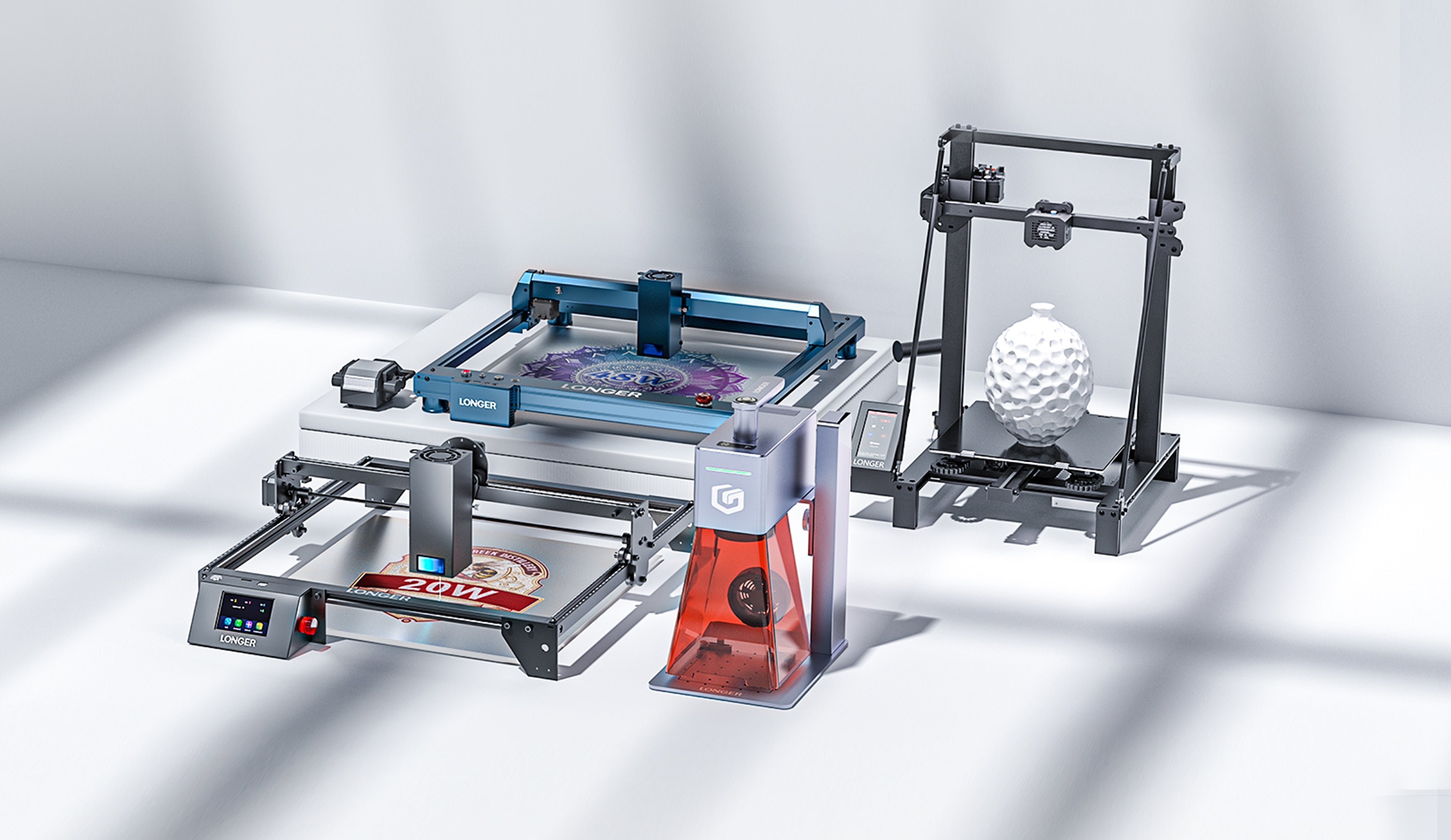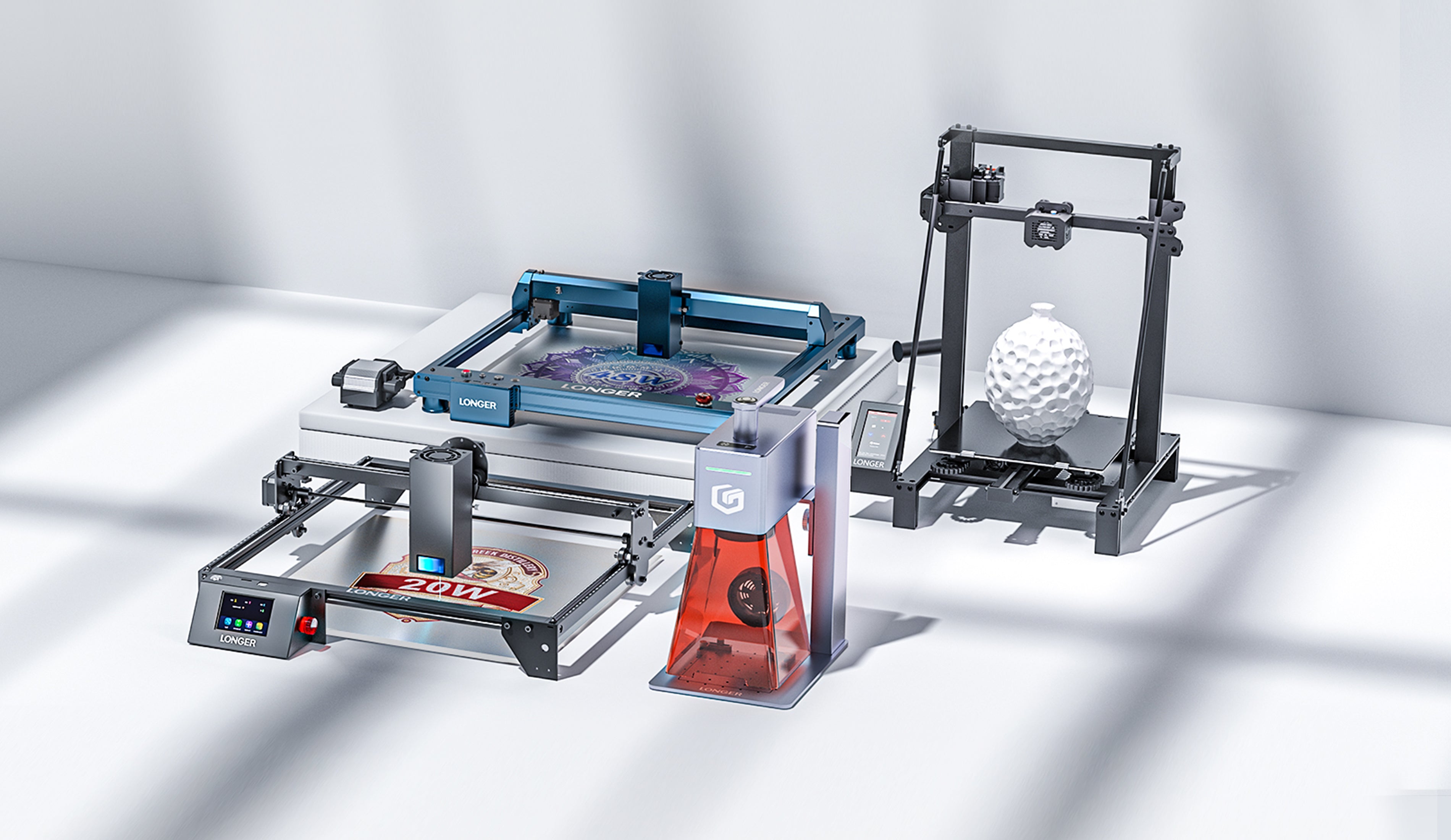Trending searches
Popular collections
Popular products
Cart ($0)
Cart ($0)





In Physics, the propagation in space of electromagnetic field energy is called Electromagnetic Radiation. Depending on the wavelength, the radiation takes on a different nomenclature; in particular, an electromagnetic radiation with a wavelength between about 400 nm and 700 nm is called visible radiation and is perceptible by the human eye and transformed by the brain into visual sensations; this radiation is what is commonly called Light.

Frequency and wavelength are inversely proportional quantities, i.e. when the wavelength decreases then the frequency increases. Radio waves, also used for FM and TV broadcasts, are in the MHz range; instead, microwaves are in the order of Ghz. Instead, visible light is already in the order of THz, and then increases more and more in the rays due to nuclear decay, which however have a minuscule wavelength. Note that with the same power, electromagnetic radiation is able to pass through matter more easily when it has a longer wavelength (i.e. lower frequency); A trivial example is the ability of radio waves to pass through the walls of a house, while sunlight is shielded.
By analyzing the laser beams, they therefore take on a different color according to the wavelength; a blue beam (like the Longer Ray5 laser) has a wavelength of 450 nm, while green or red laser beams have different lengths. However, a laser beam does not necessarily belong to the visible spectrum, as it can also be generated as a different radiation. For example, there are some lasers belonging to the infrared, which are invisible, but retain their abilities.
An example of an infrared laser is the CO2 laser, which is a laser characterized by a wavelength between 940 nm and 1060 nm, which is generated within an active laser medium contained in an air- or water-cooled gas discharge tube. The gas contained within the laser tube consists mainly of carbon dioxide (CO2) and other gases, where an initial gas is excited by electric current but not being able to release a photon because of its chemical structure then transfers its energy to a CO2 molecule that triggers the first photon. The operation is similar to a neon/fluorescent bulb, although in this case the photons generate a laser beam instead of optically isotropic light.
Given the high power obtainable (as the ratio between input and output power is very high) CO2 lasers are widely used for metal engraving, for cutting materials and for industrial welding. They are also very useful in surgery, because the main constituent water of the cells, absorbs very well the emitted infrared frequency. In addition, CO2 lasers are also used for telemetry, as infrared can pass through the Earth's atmosphere easily, being almost completely transparent to infrared.
https://www.longer3d.com/collections/laser-engraver
!
